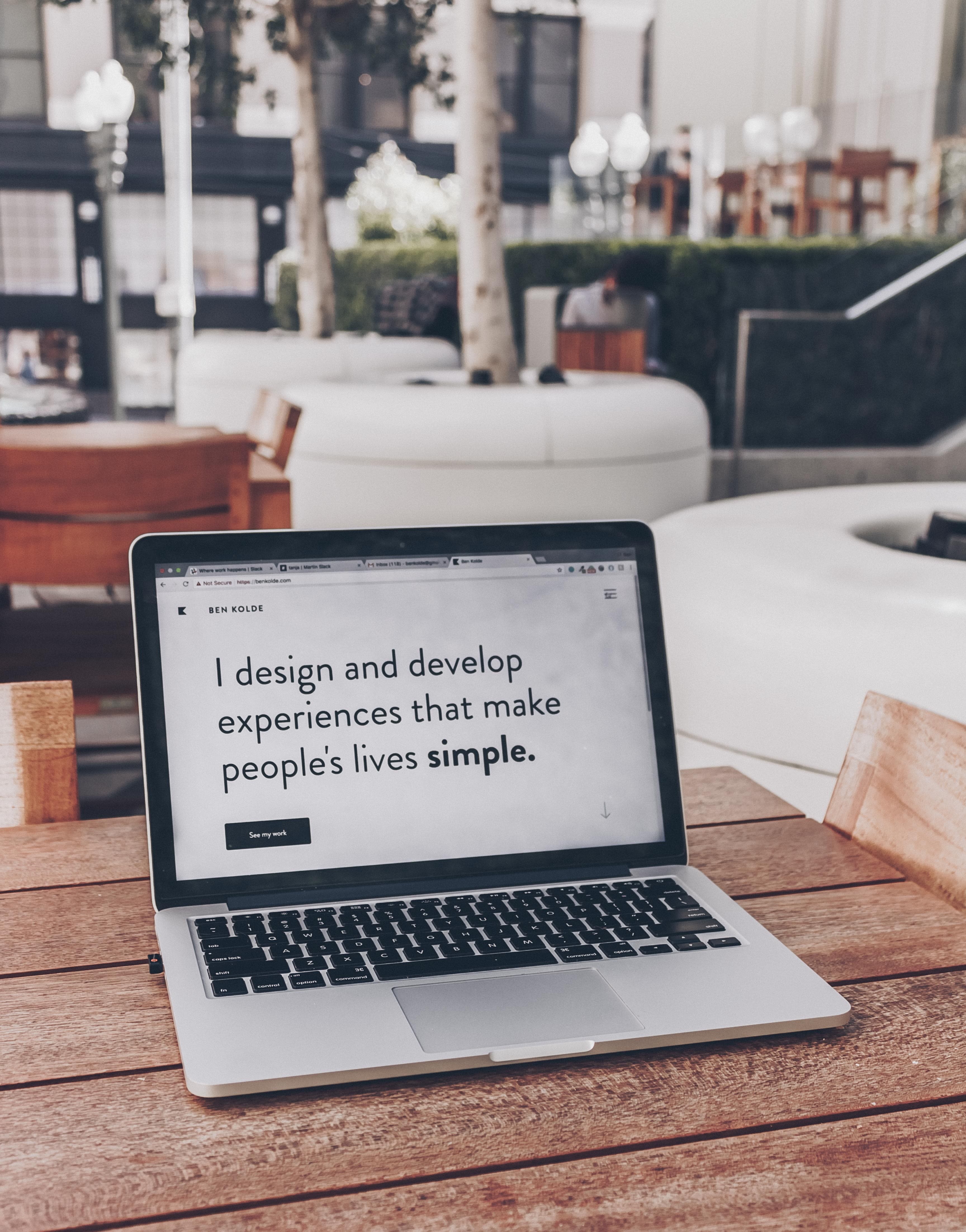
4 Current State of Responsive Web Design?
People hate when they have to scroll , zoom in and out of the page to find the information they want when they visit a website. Have you ever wondered why the website adjusts itself to the sizing whenever you change the size of the window? The answer is responsive web design. More and more businesses realize the importance of responsive web design to create an optimal experience for the users as they know that responsive web design is a key to drive sales and keep customers to stay with your site. Let us have a look on what is the current state of responsive web design.
Images
Larger images tend to have a bigger impact on the loading speed, especially on mobile phones that do not need or cannot support high pixel image. Hence, the way you handle images is becoming vital in responsive web design.
To deal with this issue, instead of using PNG/GIF, try to use an alternative format like progressive JPEG. It is an image created using the JPEG suite of compression algorithms that will “fade in” in successive waves of lines until the entire image has completely arrived.
A progressive JPEG is a more appealing way to deliver an image at modem connection speeds. However, users with faster connections are not likely to notice the difference.
Media Queries
Media queries are a feature of CSS that enable web page content to adapt to different screen sizes and resolutions. They are a fundamental part of responsive web design and are used to customize the appearance of websites for multiple devices. This is where users can see exact features, design, and formatting when viewing a mobile version of the website too.
In other words, media queries allow your website to look good on all kinds of displays, from smartphones to big screens. This makes users have constant experience when viewing websites and mobile versions of websites.
Typography
Typography is the appearance of text that provides an attractive appearance and preserves the aesthetic value of your content. It plays a vital role in setting the overall tone of your website, and ensures a great user experience.
A responsive website should have a responsive typography. So, what is responsive typography? Good typography, by definition, is typography that helps text fulfil its purpose of communication.
The typography must convey appropriate (if any) emotion. Second, the text must be easy to read on all devices. This brings us to four essential properties you need to get right which are font size, font family, line height and text width. Getting all these right is to make sure that appropriate emotion is being conveyed and text is readable.
Fluid Grid Layout
Fluid grids are built using columns that are considered fluid columns. When the screen size is changed, the widths of these columns will adjust proportionally to its parent container.
Since fluid grids flow naturally within the dimensions of its parent container, limited adjustments will be needed for various screen sizes and devices. With fluid grids, the columns automatically rearrange themselves to fit the size of the screen or browser window, whether the user is on a big or small device.
With fluid grid layout, it enables designers to easier handle grid based layouts in different kinds of devices and maintain a consistent look and feel across multiple devices.
Conclusion
To conclude, we can say that a responsive web design consists of 4 current states which are images, media queries, typography and fluid grid layout. To check out whether your website has responsive web design or not, try to ask yourself if your website fulfills all these states? If not, it might be time for you to think of redesigning your website.









